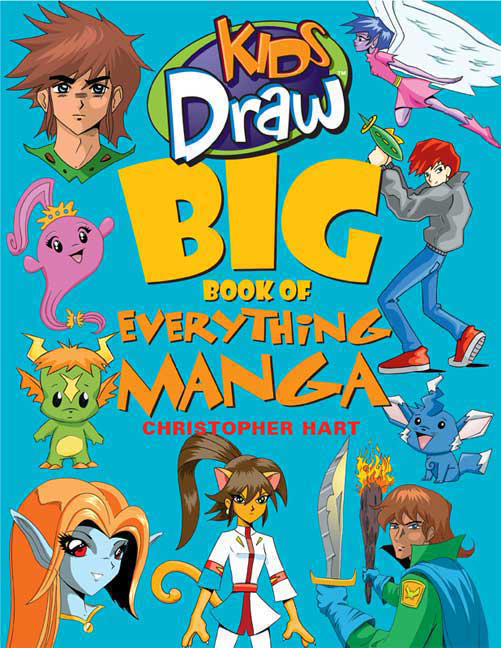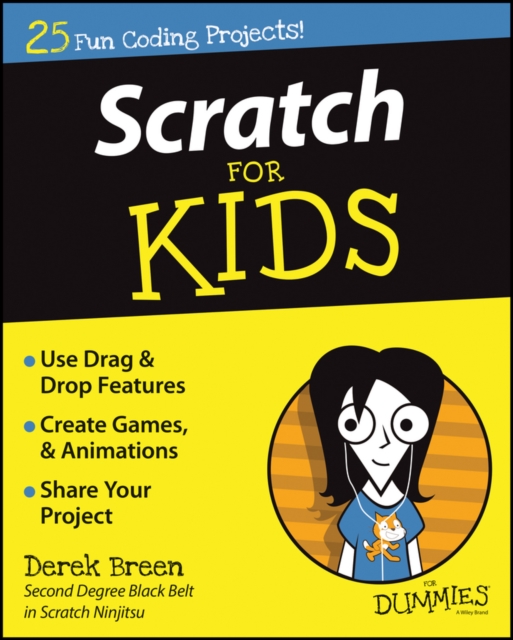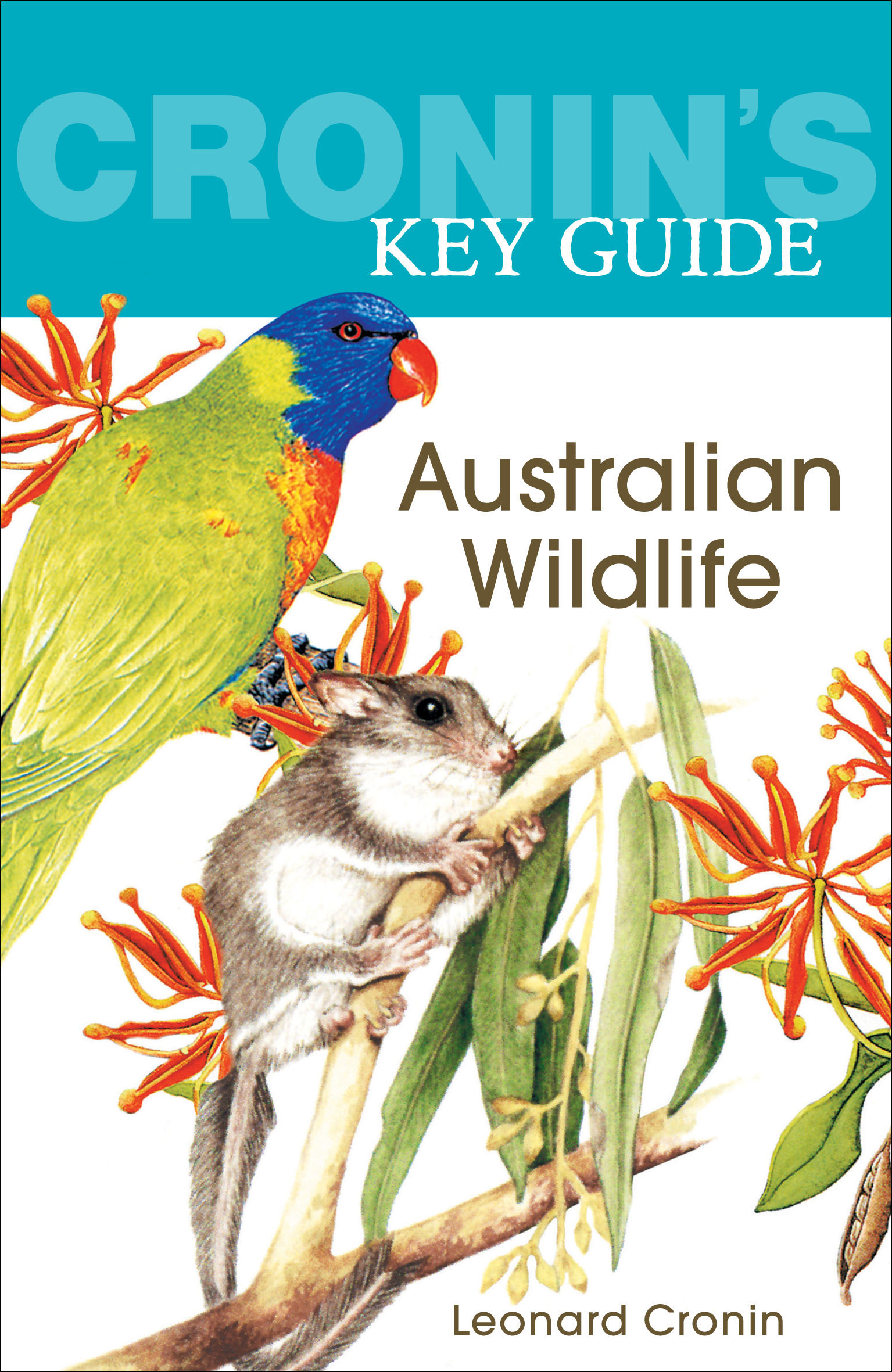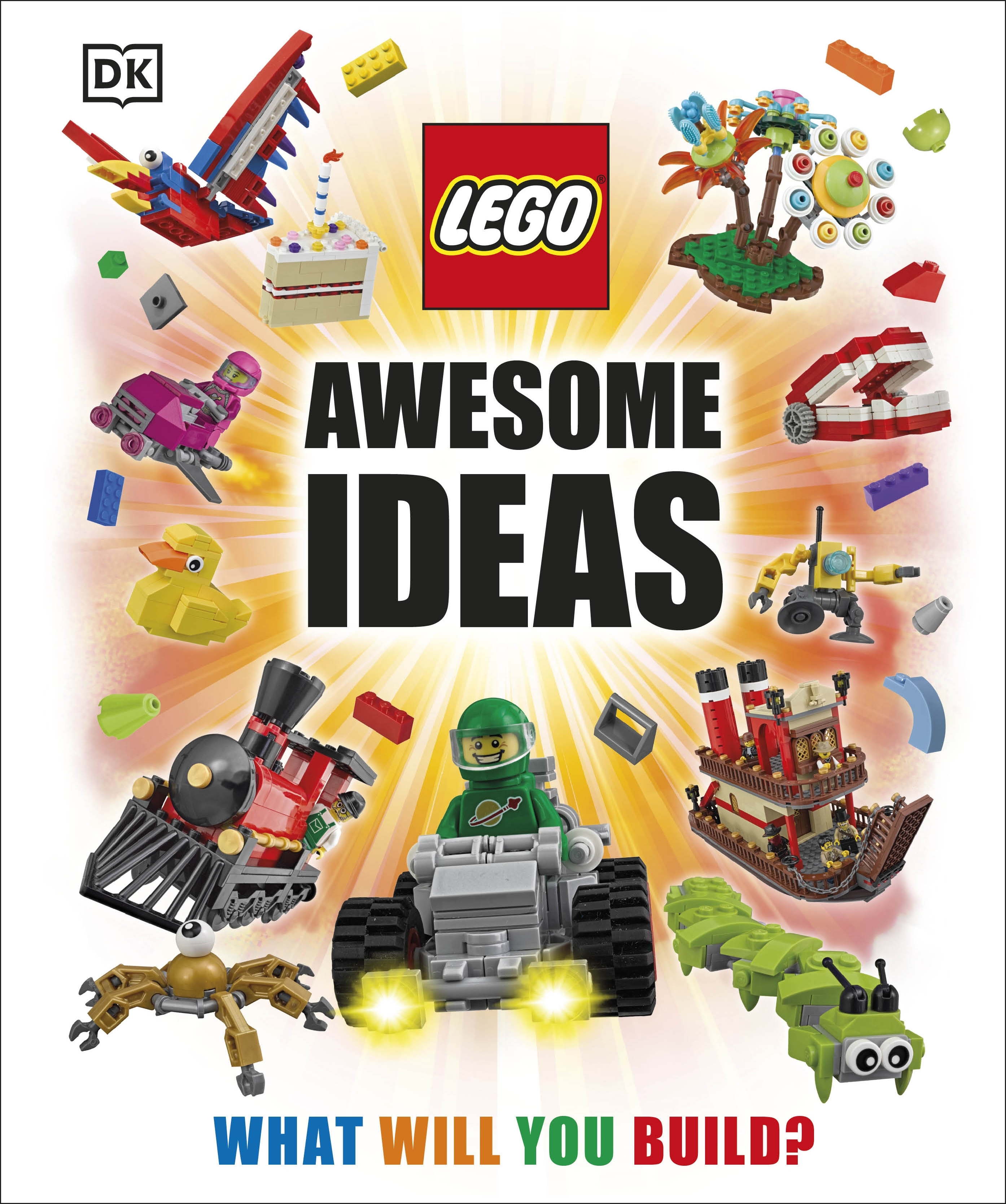Only a few more weeks until the September school holidays! The prospect of a slower pace (perhaps even a sleep-in!?) is attractive, but school holidays can also mean squabbles and excessive screen-time if the kids are at a loose end. So here are some activities that can lure your young’uns from the couch / TV / e-devices while stretching their creativity and imagination! They are also great resources for nurturing an existing interest.
These ideas have been inspired by the excellent programs run by our librarian friends around the country. Many public libraries have free or low-cost events specially designed for children and youth – these can range from theatre shows, games tournaments, craft sessions, to how-to workshops. Some libraries even have specialist equipment such as recording studios and 3D printers – and will teach you how to use them. So do check out your local library to see what they are offering these school holidays!
 For those who like drawing / cartooning:
For those who like drawing / cartooning:
Kids Draw Big Book of Everything Manga by Christopher Hart
Christopher Hart is a bestselling author of how-to-draw books. He has guides catering to all ages from young children to adults, and to all skill levels. Kids Draw Big Book of Everything Manga is a beginner’s guide for middle-primary students, just starting to develop their own characters. It starts with basic style elements that define a manga-style drawing, then offers stepwise instructions on how to draw typical characters, poses and equipment for genres such as monsters, fantasy and shoujo.
 For those who like computer games:
For those who like computer games:
Scratch for Kids for Dummies by Derek Breen
If you love computer games, why not try to create your own? Scratch is a visual programming language that is easy to learn, allowing users to quickly start creating their own stories, animations and games. (Users build projects by joining chunks of ready-made code together, like virtual LEGO). There is also a version for younger children called ScratchJr available as a tablet app. It is available free of charge and has impeccable educational credentials – created at the MIT Media Lab specifically to help children learn computer programming.
Scratch for Kids for Dummies can be used as a troubleshooting guide as well as a complete beginner’s course in Scratch. It is divided into three sections – character design, animation and games creation. Like other For Dummies guides, it feels approachable – it is easy to read and has clear stepwise instructions with lots of illustrations. Each chapter also ends with ideas for extending your skills. Available in both paperback and eBook formats.
 For those who love the outdoors:
For those who love the outdoors:
Cronin’s Key Guide to Australian Wildlife by Leonard Cronin
The September Holidays is a great opportunity to head outdoors and enjoy some long-awaited warmth and sunshine. Some local councils and libraries run a Junior Rangers program during school holidays to encourage young people to visit local parks. Junior Rangers learn about nature and conservation through activities such as guided walks, wildlife and plant identification, puzzles and games.
Create your own Junior Ranger activities using Cronin’s guides. The Guide to Australian Wildlife offers a general introduction to plants and animals for a range of habitats including coral reefs, rain forests, woodlands and deserts. Other titles in this series focus on specific topics such as trees, wildflowers, mammals, reptiles, and rainforest plants. Each entry is beautifully illustrated and contains a detailed description including information on location, size, type of habitat, diet etc. Cronin’s Guides can be useful whether you are travelling or even at home – there’s a surprising variety of birds and wildlife even in suburbia!
 For anyone who loves LEGO:
For anyone who loves LEGO:
LEGO Awesome Ideas by Daniel Lipkowitz
Hot off the press is this latest book of ideas to help LEGO builders extend their play and stretch their imagination. Following from the success of the LEGO Ideas Book (2011) and LEGO Play Book (2013), Daniel Lipkowitz now shows builders how to create whole imaginary worlds starting from a single creation.
LEGO Awesome Ideas is arranged in themed chapters, such as Outer Space and The Wild West. In each chapter, it offers suggestions on what to build, how to build and what else to build, to help fans go from a single creation to developing a complete LEGO world. Each topic is richly illustrated, including with step-by-step instructions and visual break-downs for clear guidance.
 For those who love cooking, science and/or getting messy:
For those who love cooking, science and/or getting messy:
Kitchen Science Lab for Kids: 52 Family friendly Experiments from around the House by Liz Lee Heinecke
Using everyday objects to demonstrate science is a great way to engage kids and facilitate their understanding. Kitchen Science Lab for Kids contains 52 simple experiments based on common and inexpensive materials. The experiments are grouped by type (such as acids and bases, sunny science and life science), and cover key principles in chemistry, physics, and biology. Each experiment includes step-by-step instructions, safety tips, a discussion of the relevant scientific principles and an extension activity. They are simple enough that young children can participate, while interesting enough to appeal to teens.
Children who like to cook will also enjoy these experiments – after all, the process of gathering ingredients then carefully following a set of instructions is common to both cooking and to science!